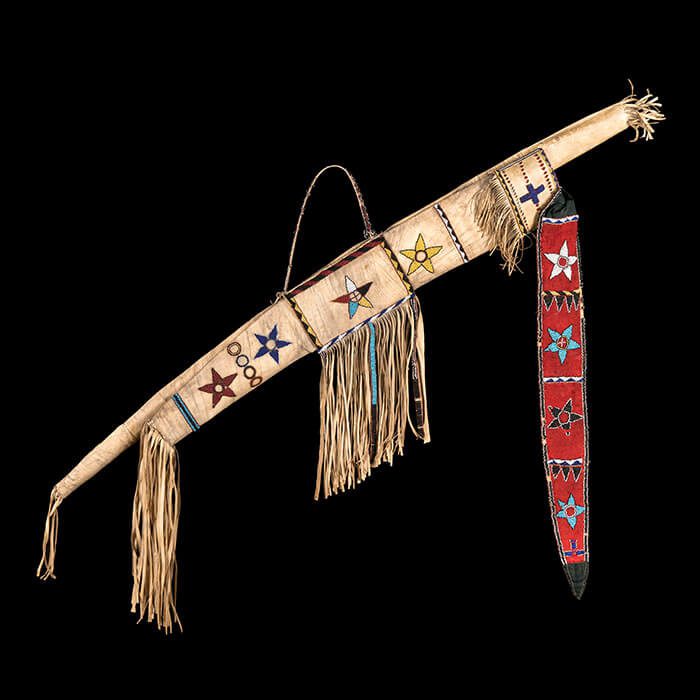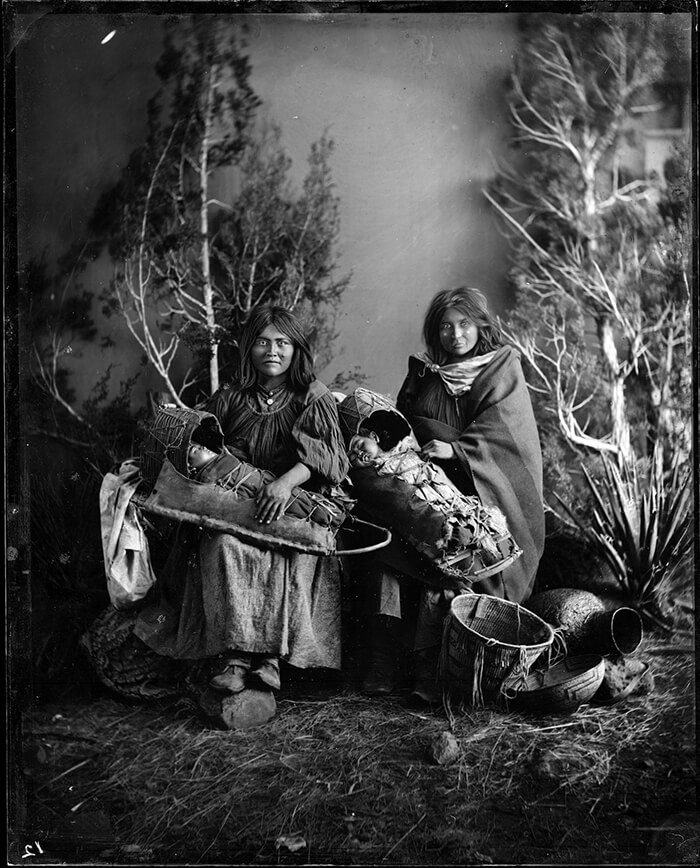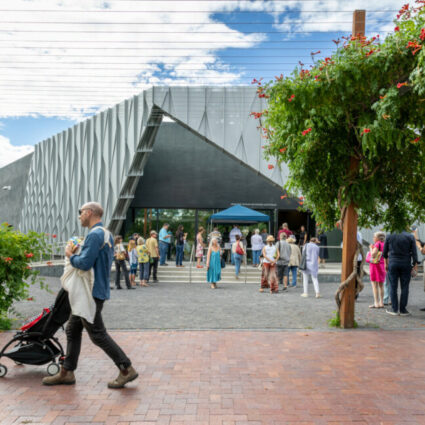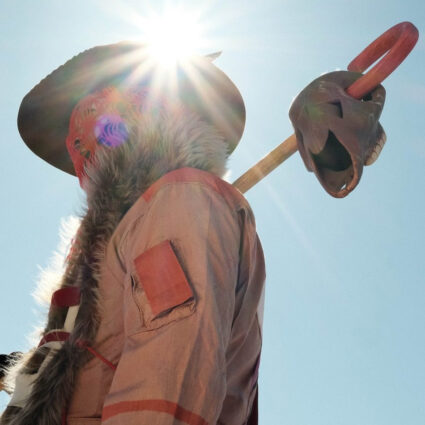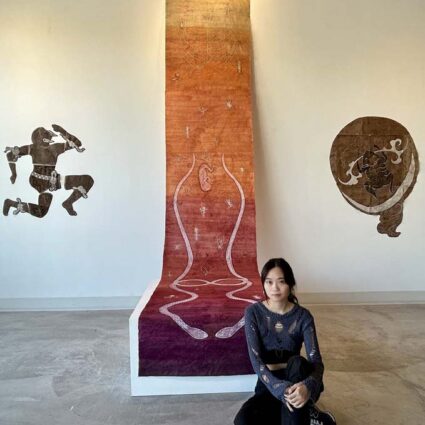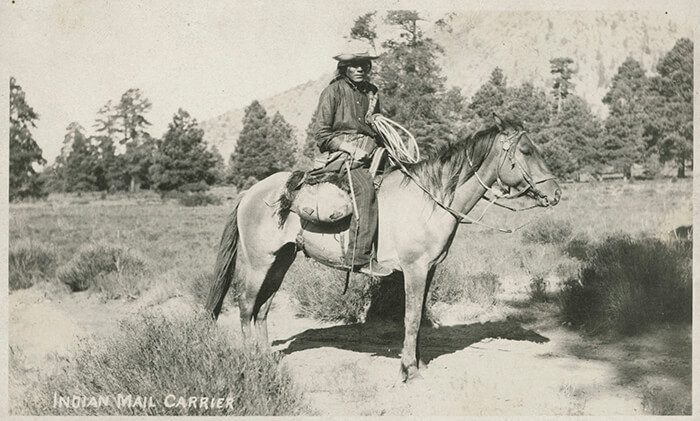
Museum of Indian Arts and Culture, Santa Fe
December 10, 2017 – July 7, 2019
How do we understand different cultural groups through the objects they produce? Anthropological artifacts reveal information of the behaviors, practices and arts of a particular society. The Southern Athabaskans—a tribe situated across New Mexico and Arizona—have a long history of producing textiles, dances, and horsemanship. Lifeways of the Southern Athabaskans at the Museum of Indian Arts and Culture brings together one hundred objects deriving from the 1880s to the present, to demonstrate that visibility for cultural groups is implicit in art institutions. In this spirit, Lifeways of the Southern Athabaskans promises to reimagine the Southern Athabaskans community through the materials of its culture. The exhibition includes clothing, beaded jewelry, sculptures, textiles, and even hunting gear and horse tack to tell the stories of native groups such as the Jicarilla Apache, Mescalero Apache, Fort Sill Apache (Chiricahua), San Carlos Apache, and White Mountain Apache. In addition to these anthropological objects, the exhibition also adheres to the the past and present existences of these groups through themes of ethno-botanical knowledge. The exhibition will be accompanied by a number of events to discuss the to their past and present history of the Southern Athabaskans. During the public opening on December 10, 2017, 1-4 pm, a lecture will be conducted by curator Joyce Begay-Foss, Apache dancers will perform, and arts and crafts activities will be available for families. Through discussion and research, the exhibition seeks to house an important meditation on the socio-political landscape we inhabit, and, as curator Joyce Begay-Foss explains, “the result is an accurate representation of the material culture of the Southern Athabaskans.”
Further information is available on the museum’s website.
